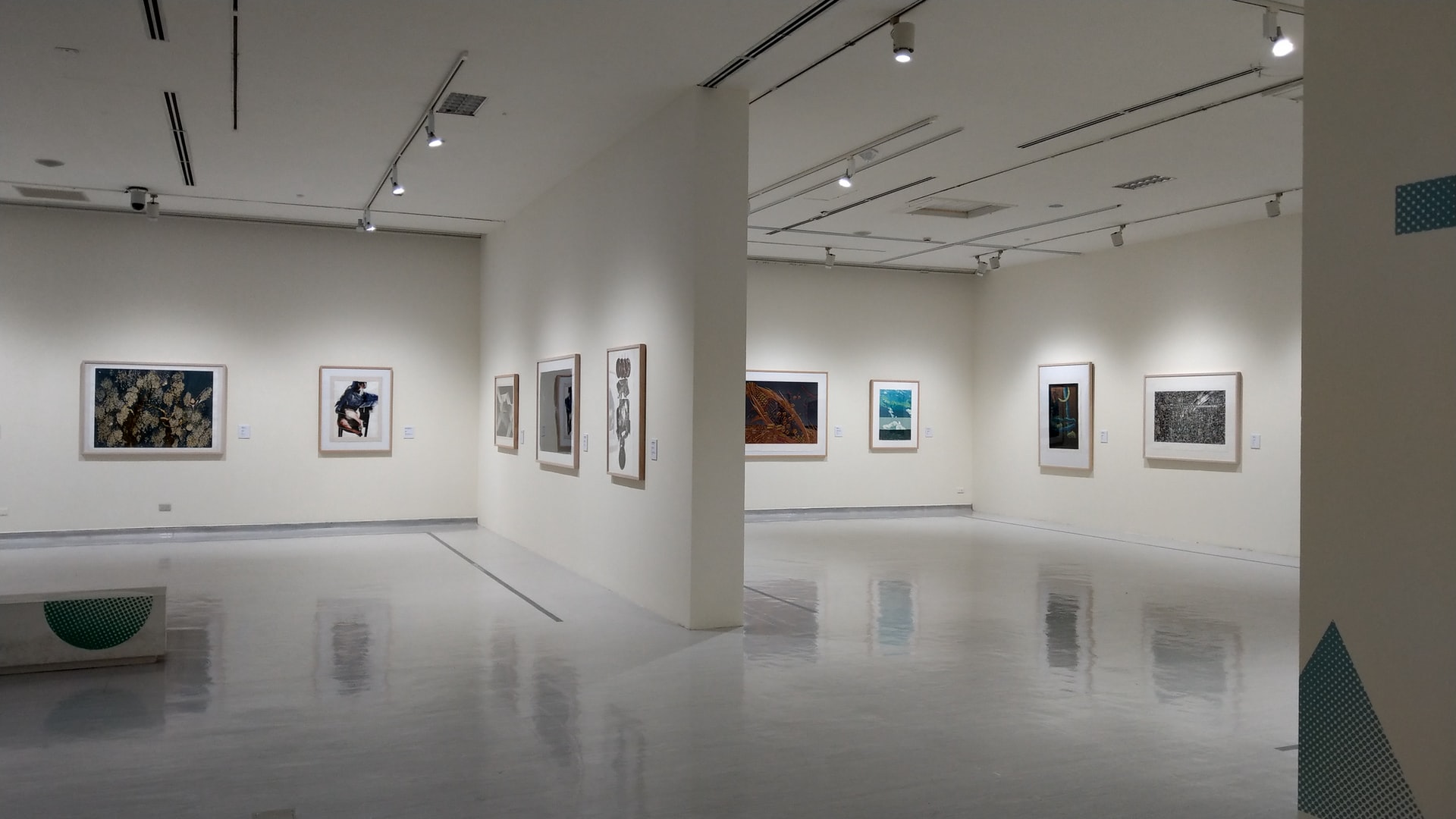
By Stephanie Kannimmel, Arts & Society Editor at The LF
CW: self-harm, death, grief, depictions of violence
Every creative I know has turned to art at several stages of their lives as an outlet. What I’ve found to be much rarer is seeing this kind of art being shared and celebrated. “Penny World” at the Institute of Contemporary Arts, a collection of the last 30 years of Penny Goring’s work, showcases art that is simultaneously deeply personal and brutally open and honest, created to make sense of the commotion of life.
Artist and poet Penny Goring was born and raised in southeast London and graduated from Kingston School of Art in 1994. Her work has since been exhibited in galleries throughout London and continental Europe, with “Penny World” being her first solo exhibition in a public institution. The works displayed stem from her own accounts of experiencing and processing trauma and violence, conveying emotions associated with grief, fear, loss, panic, and powerlessness.
Goring makes art from her own home, working with a variety of mediums that use affordable and accessible materials such as ballpoint pens, fabric, and food dye. The circumstances of her art and the mediums she uses are shaped by restrictive housing conditions, lack of funds, and inadequate access to therapy and support for mental illness. Her work is especially apt in the midst of the cost-of-living crisis as a reminder of the long-term costs of financial precarity that affect the lives of many in the UK. It is also an affirmation of the power of creativity in the face of austerity. In this way, the title of the exhibit can be seen to have two meanings: a play on words for Poundland, as well as “Penny v World” as we see Goring communicate her emotions and trauma resulting from her battles with life.
The exhibit as a whole showcases Goring’s versatility and expertise in her chosen mediums. By including work that spans the past three decades of Goring’s life, “Penny World” also tells a story that grants Goring’s audience an insight into how she processed and experienced pain at different stages, and how these experiences shaped her. A few pieces stood out to me in particular.
When entering the downstairs gallery, I was immediately drawn to a wall of several ballpoint pen and paper drawings contained in a glass case. The drawings make up ART HELL (2019-2020), a series of recurring PTSD visions featuring Goring’s two alter egos. These visions were intentionally accessed to express Goring’s suffering due to financial difficulties as a result of Tory legislation. Recurring symbols of melting trees, severed heads, and sleep paralysis demons are present throughout, depicting how violence and oppression are structural, commonplace, and cyclical. This piece stood out to me as the intersection between political turmoil and mental health, showing the direct and personal effects of a reality in which those who dictate the laws act in constant, direct opposition to the interests of many.
As I climbed the steps to the top floor of the exhibit, I was met with a bleak message. A digital collage covers a wall that the staircase leads up to, created by Goring in 2010 as part of a series of image macros that she posted on Tumblr. Her ability to stretch the boundaries of what is and isn’t considered art are especially evident in this piece, with the words “we couldn’t find your grave/ the cemetery is enormous” superimposed on a backdrop of paint dripping. The large font and garish hues of yellow and pink in the piece are contrasted with the dripping black paint and the poem. Not only is this piece a monument of the 2010s alt-lit scene on Tumblr, but a reminder of the mismatch between the bright future that lawmakers promise and the oppression that they deliver.
The top floor of the exhibit contains a room of many fabric dolls, each depicting a different feeling or emotion. In contrast to the other dolls made of fabrics of bright red, fuchsia, and white, one doll is black and blue like a bruise that never fully healed. She is Goring’s Grief Doll (2019), showing that, similarly, the effects of loss never fully go away. Permanently attached to the doll’s torso is a black flower with thick stamens trailing directly out of it, a literal interpretation of grief as something that is carried with someone for the rest of their life.
Art is the only way for many to make sense of life, poverty, and pain. While art made in this space is often kept private, Goring’s art is revolutionary by being uncompromising in its honesty, vulnerability, and humour. “Penny World” may be art that was made for its artist, but by sharing it with the public, Goring provides solace in her work to everyone that the system does not grant support to.
I’ve learn several good stuff here. Certainly worth bookmarking for revisiting. I wonder how much effort you put to make this kind of magnificent informative website.
Well I really liked studying it. This article provided by you is very practical for good planning.